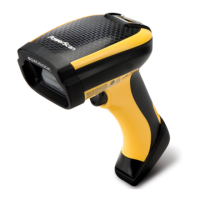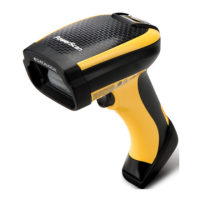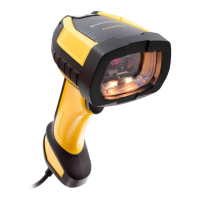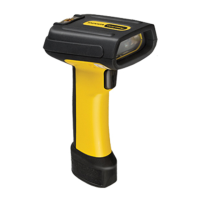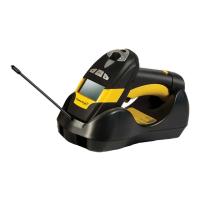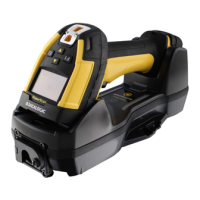Data Editing
Product Reference Guide
291
Data Editing
When a bar code is scanned, additional information can be sent to the host
computer along with the bar code data. This combination of bar code data
and supplementary user-defined data is called a “message string.” The Data
Editing features can be used to build specific user-defined data into a mes-
sage string.
There are several types of selectable data characters that can be sent before
an
d after scanned data. You can specify if they should be sent with all sym-
bologies, or only with specific symbologies. Figure 7 shows the available
elements you can add to a message string:
Figure 7. Breakdown of a Message String
Prefix SuffixAIM IDLabel ID Label IDBar Code Data
00 - 20 Characters (ASCII)
Label ID Transmission:
Enable this option to
transmit the Label ID you
configure for the scanned
symbology.
AIM ID: This function is used to identify and display the
common label identifier for its symbology. When enabled,
this ID code will be transmitted before the scanned bar
code data.
OR...
Additional advanced editing is available. See the Advanced formatting
features in the Datalogic Aladdin configuration software, or contact
Technical Support (as described on
page 2
) for more information.
Please Keep In Mind...
• Modifying a message string is not a mandatory requirement.
Data editing is a sophisticated feature allowing highly custom-
izable output for advanced users. Factory default settings for
data ed
iting is typically set to NONE.
• A prefix or suffix may be applied only to a specified symbo
l-
ogy (reference 1D Symbologies, starting on page 83 or 2D
Symbologies, starting on page 175
) or across all symbologies (set
via the Global features in this chapter).
• You can add any character from the
ASCII Chart (from 00-FF) on
the inside back cover of this manual as a p
refix, suffix or Label
ID.
• Enter prefixes and suffixes in the order in which you want
them to appear on the output.
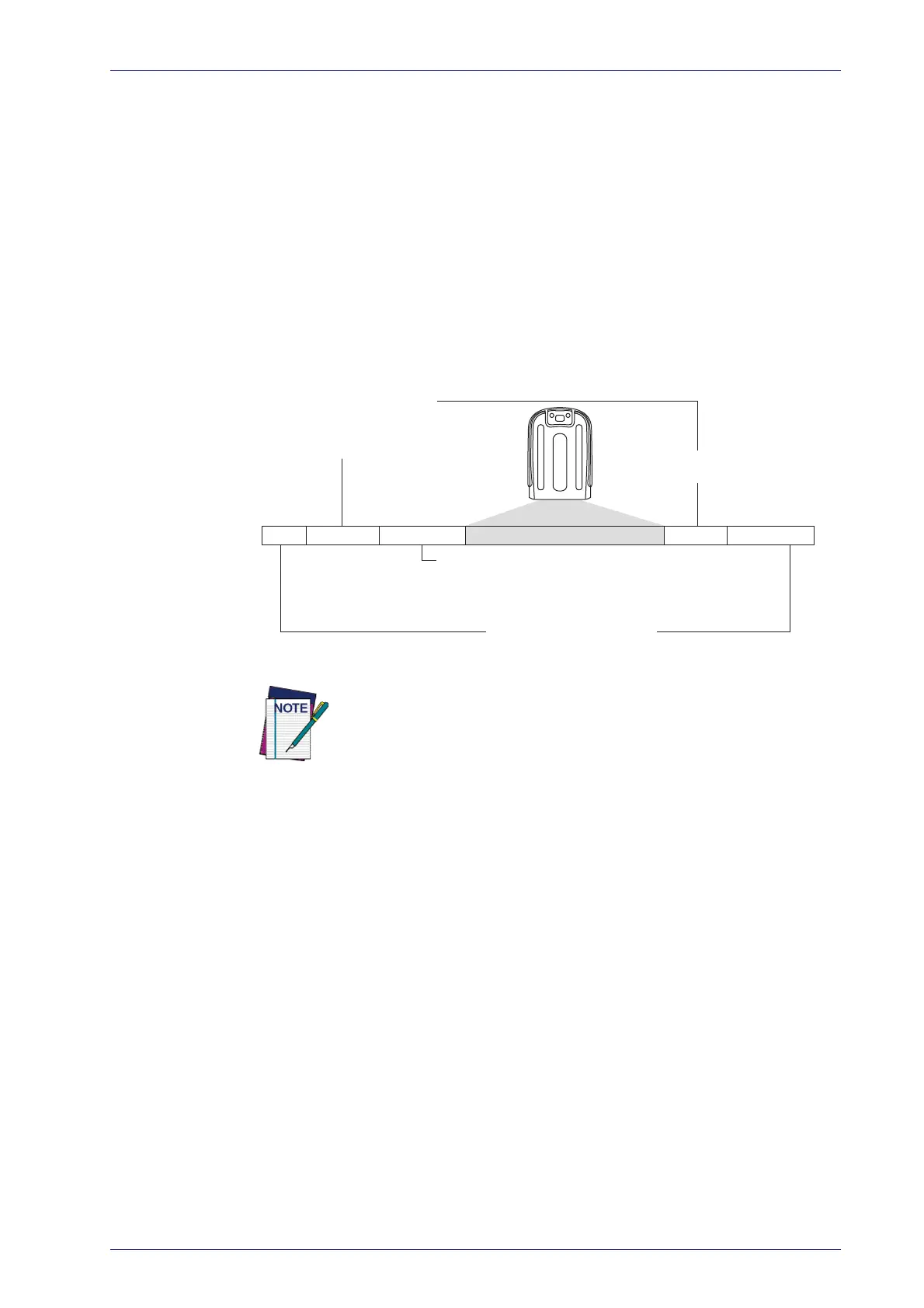